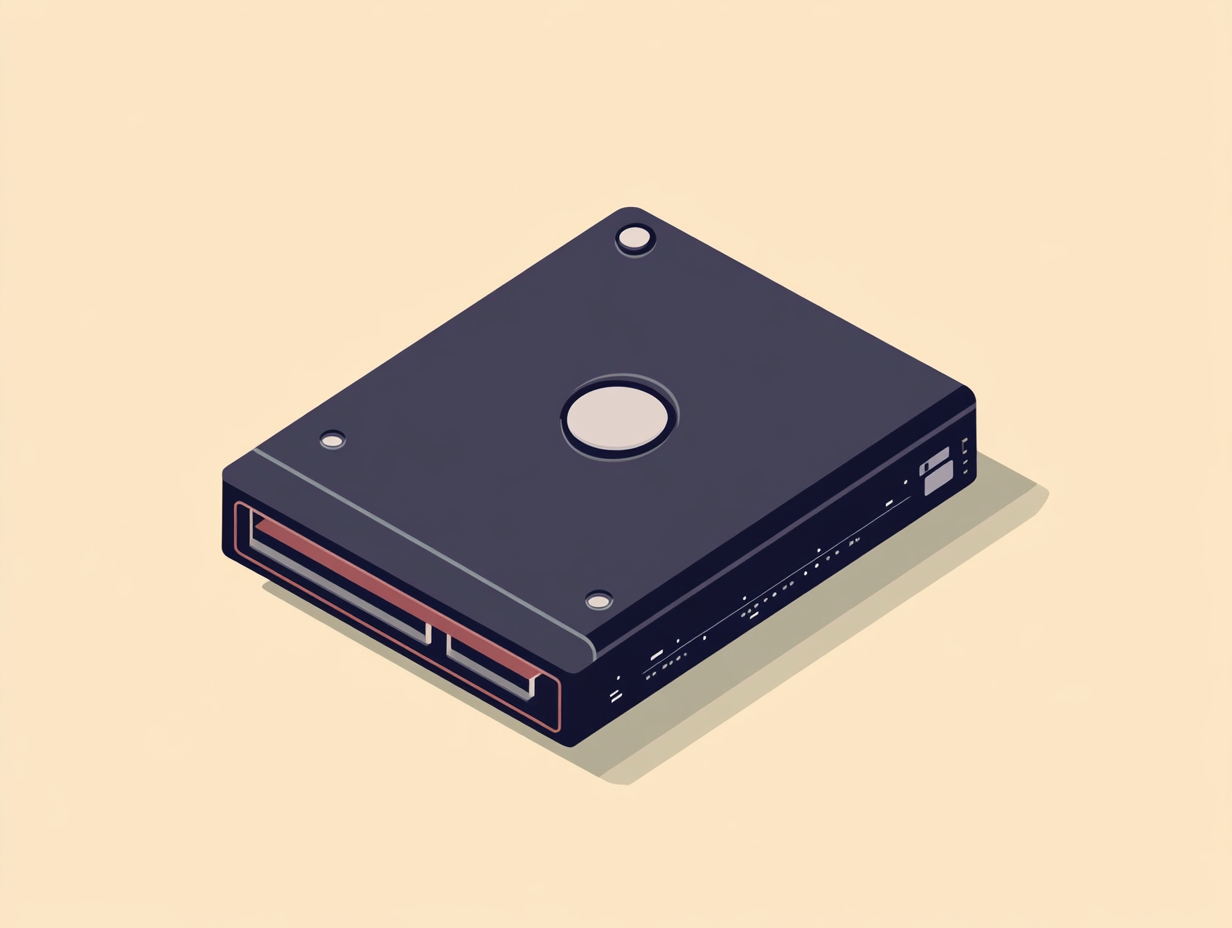How to Boot a Raspberry Pi Using a PCIe NVMe SSD
Written By: Cherie Tan

Steps
3
A PCIe NVMe SSD is a type of solid-state drive that connects to a computer's system via the PCIe (Peripheral Component Interconnect Express) interface, utilizing the NVMe (Non-Volatile Memory Express) protocol. Compared to traditional SATA SSDs or hard drives, PCIe NVMe SSDs offer significantly higher transfer speeds and lower latency due to their direct connection to the CPU through the PCIe bus and the efficiency of the NVMe protocol, designed specifically for the speed and parallelism of solid-state storage.
When used with a Raspberry Pi, a PCIe NVMe SSD can substantially enhance performance in several ways:
- Faster Data Transfer Speeds: The increased transfer rates of NVMe SSDs compared to traditional SD cards or USB SSDs mean that operations requiring data access, such as loading programs or accessing files, can be completed much more quickly. This speed improvement is especially noticeable in applications involving large file transfers or intensive read/write operations.
- Improved Responsiveness: The low latency of NVMe SSDs contributes to a more responsive overall system, making the Raspberry Pi more agile in multitasking and in scenarios where rapid access to data is crucial.
- Increased Reliability: SSDs have no moving parts, which reduces the risk of mechanical failure. NVMe SSDs, in particular, are designed to handle a high number of read/write cycles, offering greater endurance and reliability over time compared to SD cards, which are typically used with Raspberry Pi devices but can wear out more quickly under heavy use.
- Enhanced Storage Capacity: NVMe SSDs are available in larger capacities than what SD cards typically offer. This allows for more storage space for applications, data, and projects without needing to manage multiple storage devices.
- Better Thermal Management: Some NVMe SSDs come with features for better thermal management, which can be beneficial for maintaining performance under heavy load conditions.
sudo nano /boot/config.txtBy default, the PCIe connector is disabled. To enable it, you should add the following option to the /boot/firmware/config.txt file and then reboot your system:
# Enable the PCIe External connector. dtparam=pciex1 # Alternatively you can use: dtparam=nvme
Add the following configuration to the /boot/config.txt file